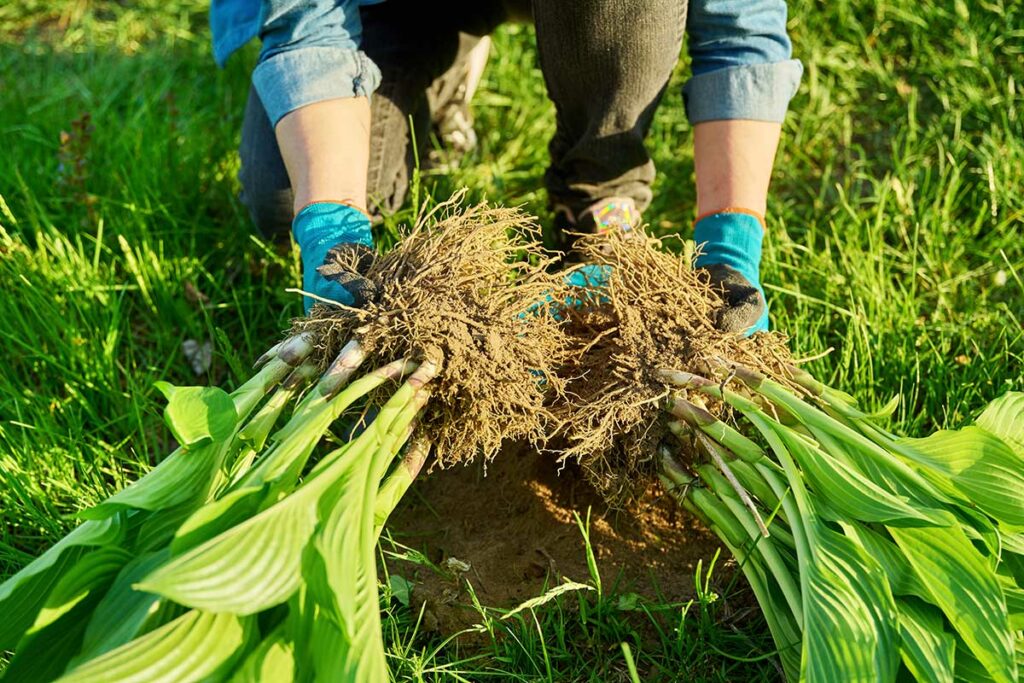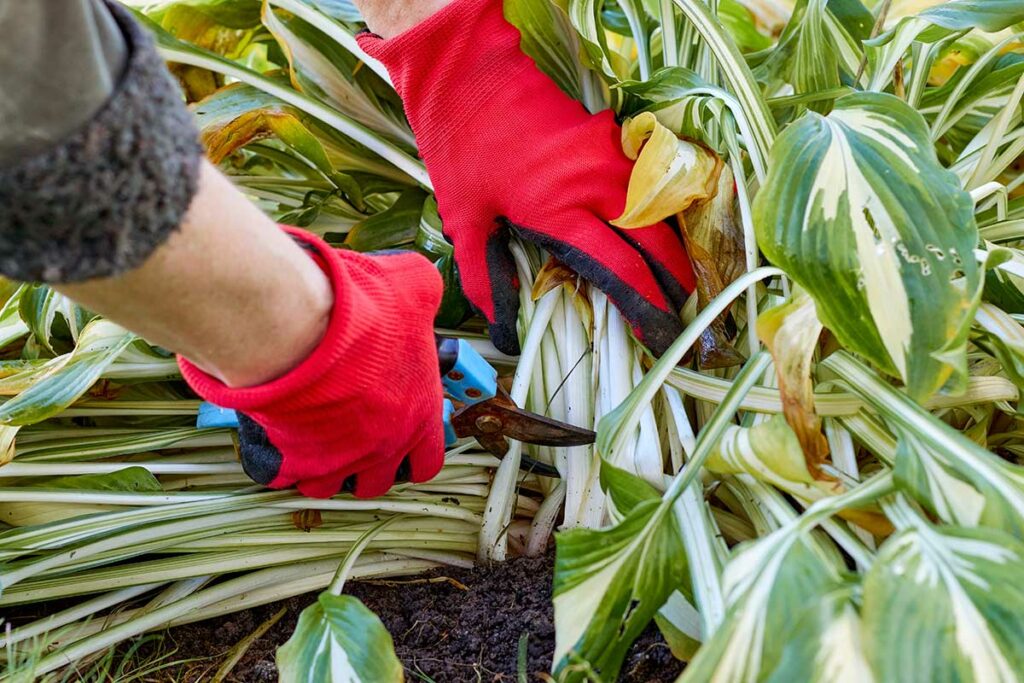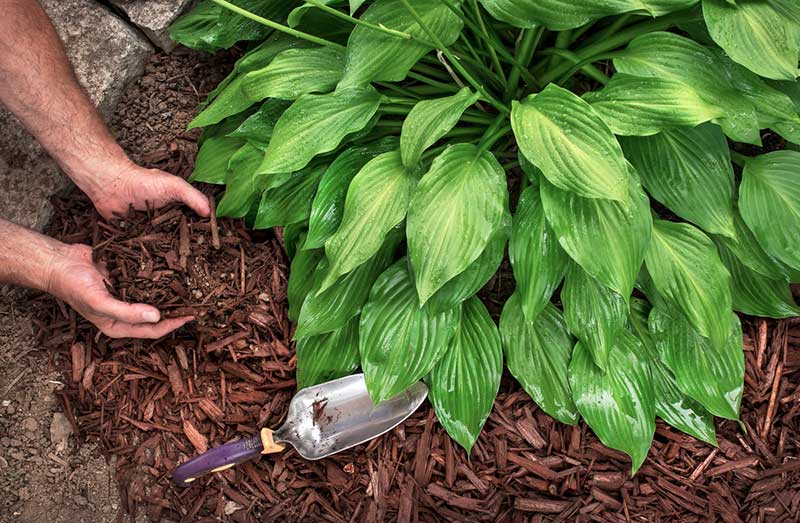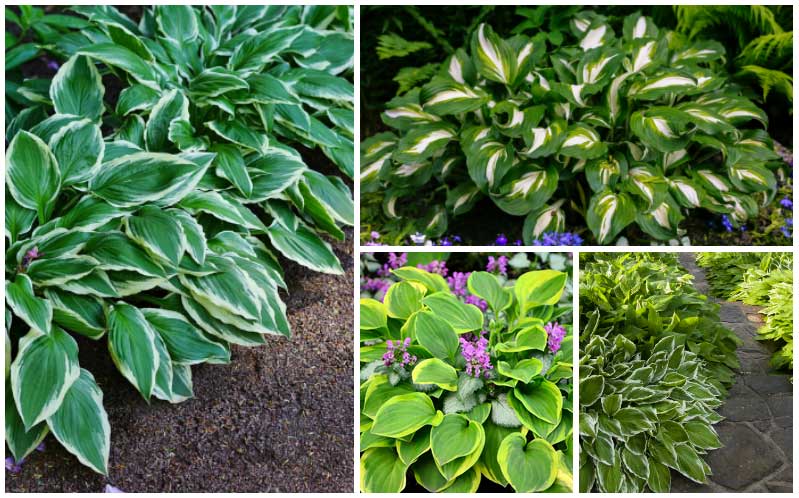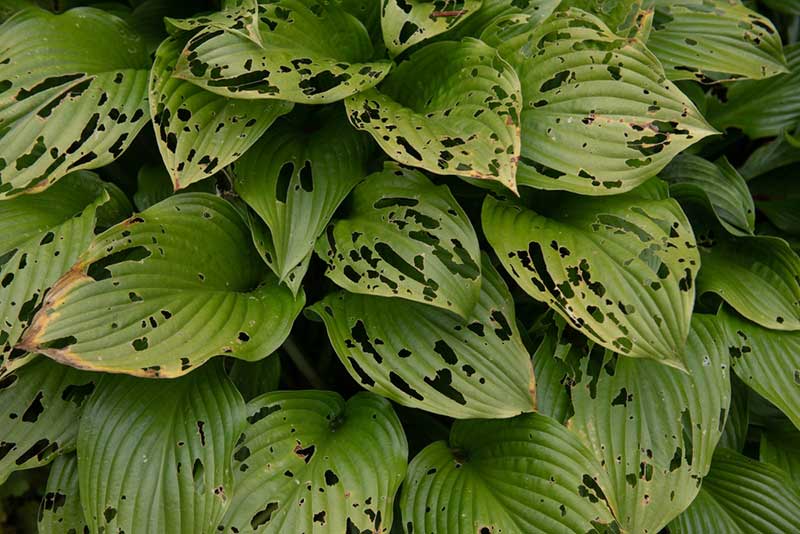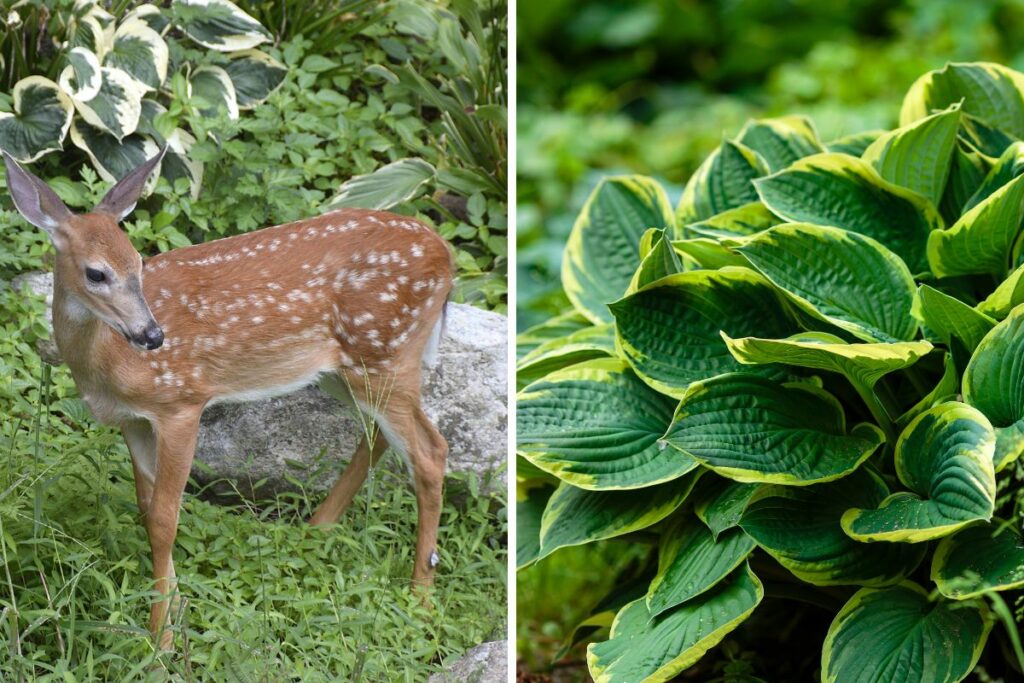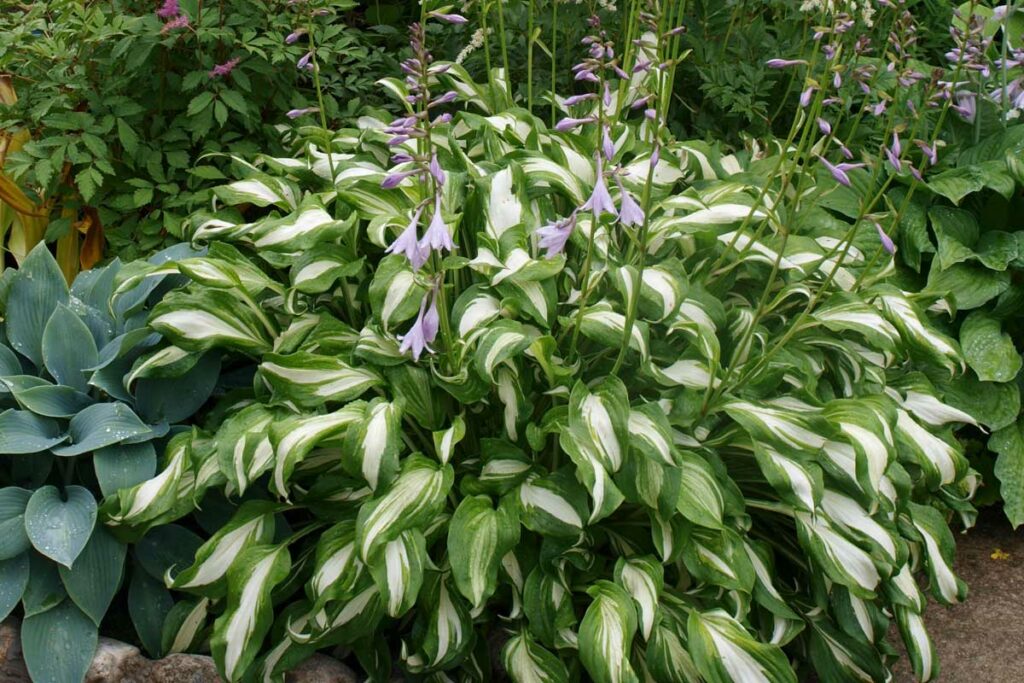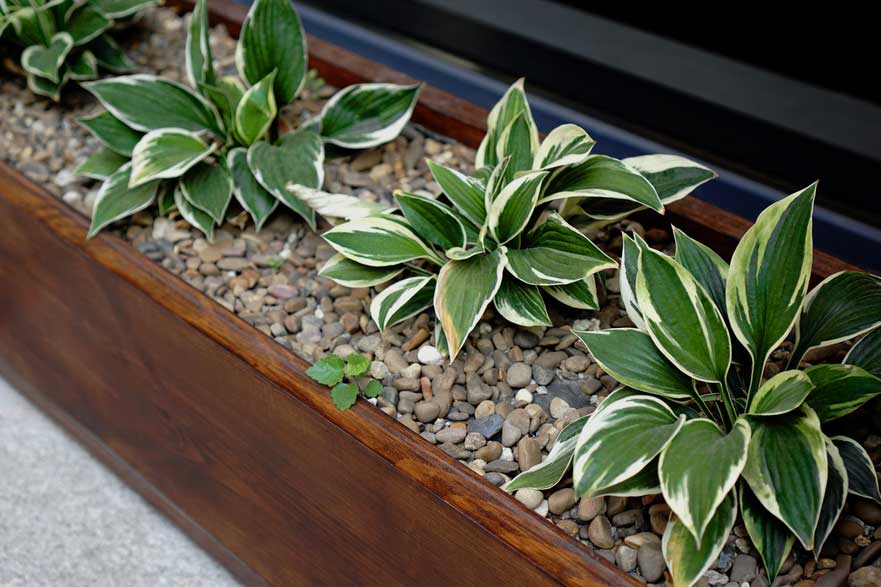
Hosta plants are shade-tolerant perennials with medium to large-sized green, white-tipped, waxy leaves. Usually planted during the spring and fall seasons, Hostas tend to be grown outdoors but can also thrive indoors when planted by a knowledgeable gardener.
As an outdoor plant, the Hosta is a favorite because it often requires virtually no maintenance or care. As a houseplant, however, knowing how to care for your Hosta will help it grow strong and thrive.
Caring for Your Indoor Hosta
The size of the pot is one of the most important aspects of preparing to care for and grow your Hosta plant indoors. If you have a small Hosta plant, also referred to as a dwarf-sized Hosta, you can use a small to medium terracotta or ceramic pot.
If your Hosta is medium, large, or even considered extra-large, you will need to find a pot that allows for enough root growth.
To make sure you get the right pot size, measure your Hosta’s width, including all of its splaying and spreading foliage. Usually, this will be around 1 to 1.5 feet for most mature Hosta plants. This is about the minimum width of a pot that will suffice to hold this size of plant and its roots.
When picking a pot, make sure that you choose a pot with a hole or a few holes at the bottom to ensure consistent and adequate water drainage to avoid future air bubbles and root rot.
Since Hostas are perennial plants, they will bloom during the warm months and become dormant for about 6 weeks during the winter months. To ensure their dormancy for another beautiful bloom in the coming year, allow temperatures to drop slightly in the area where they are kept for at least 6 weeks starting in December or January.
Indoor Light for Hostas
Indoor Hosta plants require both sun and shade, depending on their exact variety. Some Hostas require dappled light, some require indirect sunlight, and some require partial shade. Pay attention to your Hosta variety and place them in an indoor location accordingly. It is best to never place your Hosta in a corner to encourage airflow around the foliage and purchase a plant lamp if needed.
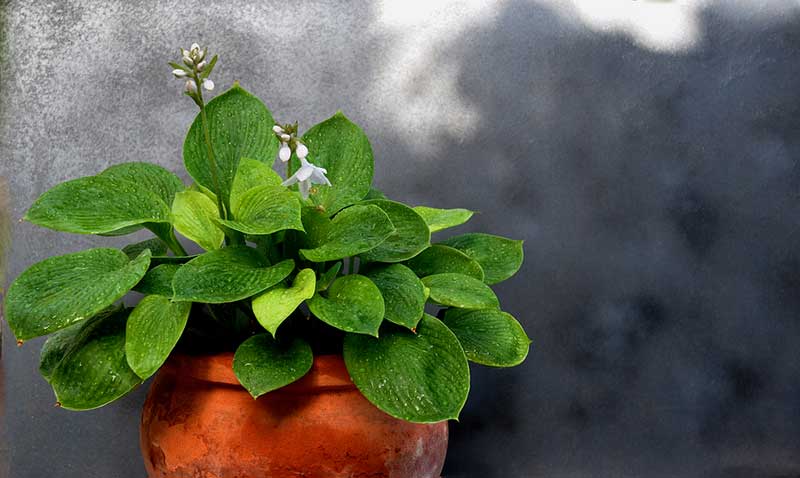
If you notice that your indoor Hosta’s fresh green leaves are starting to turn brown instead of light or white at the edges, this means that it is getting too much sun and should be relocated to a shadier place.
Indoor Hosta Watering Needs
When kept indoors, Hosta plants require a large amount of water. The best water to use is filtered tap water or bottled water but never distilled water or unfiltered well water. Hostas can be kept most by both misting their foliage and by watering them every few days, especially when the weather becomes hot. When watering, the liquid should be able to easily drain from the pot.
Common Challenges When Growing Indoor Hostas
Since Hostas tend to do better outdoors, there are a few challenges that face growers who choose to care for their Hosta plants inside. Some of these common challenges can include:
- Maintaining the right amount of humidity and moisture for the Hosta without drowning it or causing root rot.
- Creating a differing temperature that mimics daily outside temperatures and seasonal weather changes.
- Making sure the soil is draining enough and not remaining wet in between watering.
- Making sure to repot and transplant the Hosta before it outgrows its pot every few months to one year.
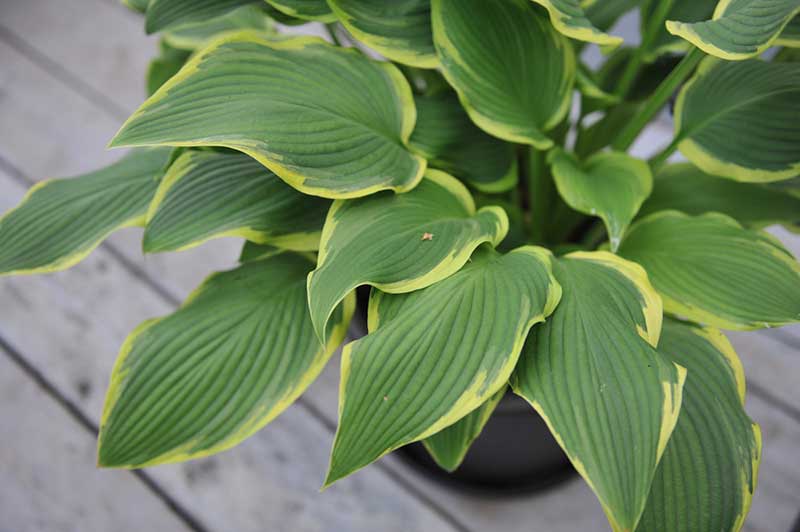
Planting Your Hosta in 7 Easy Steps
If you are new to Hosta plants and want to try your luck at growing it indoors, take the following steps to prepare, plant, and grow your perennial:
- Purchase a dormant Hosta from your local nursery.
- Plant your Hosta in late Winter during the growing season in a pot slightly larger than the plant.
- Make sure the crown of your Hosta is in line with the soil it has been planted in.
- Mist your planted Hosta leaves and water the Hosta thoroughly.
- Put your potted Hosta near a window or in a place with bright yet indirect sunlight.
- Water deeply each time the Hosta soil is dry.
- Enjoy!
Hosta Plants and Your Family
Since Hostas contain toxins that can be harmful to both children and animals, causing diarrhea and other illness, it is best to keep your Hosta in an area where it cannot be reached by kids or pets. It is important that while the Hosta is a beautiful indoor addition to any home, it should not be ingested.





